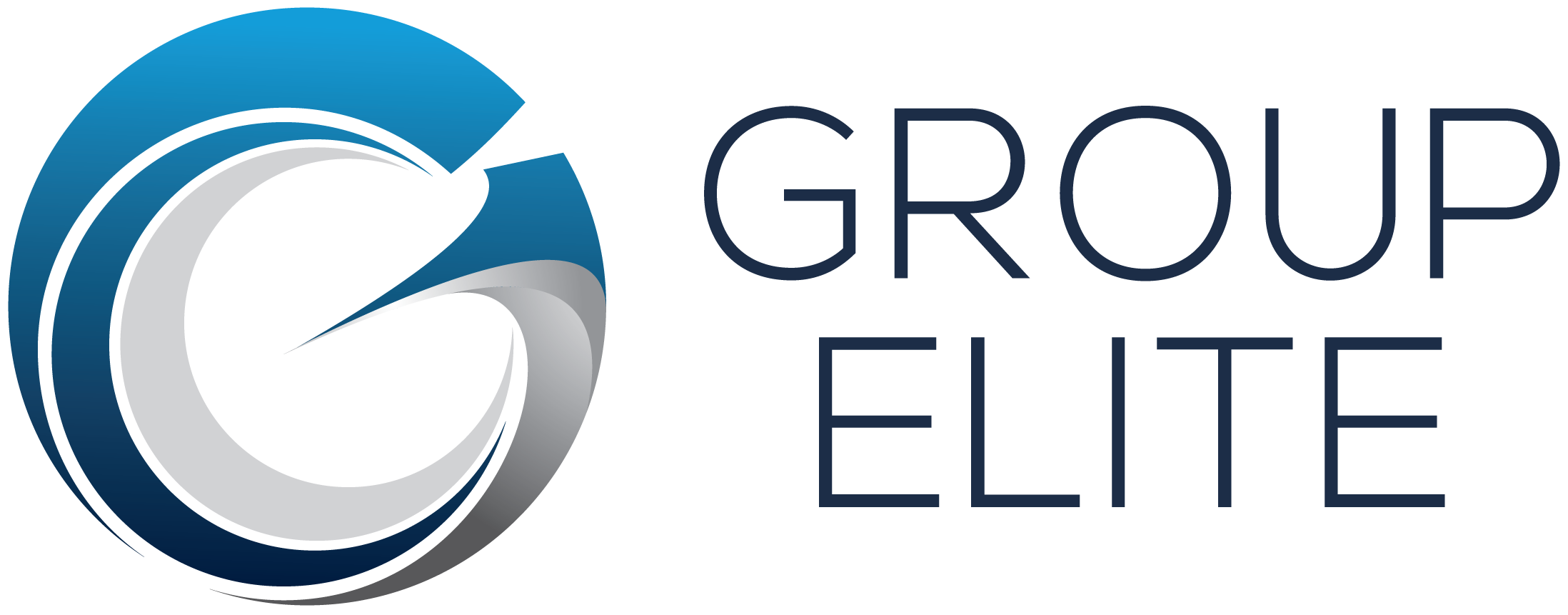Offering excellent customer service is a priority for most companies. However, offering excellent customer service is not just about saying the right thing, it is also about offering consistent service across all lines of business, locations, and departments. What is call calibration? A call calibration is listening and scoring call center agent interactions collectively to ensure consistent service. Calibration processes are focused on aligning your quality program to ensure scoring and coaching is consistent. This week our experts walk you through tips that will not only help align your quality program, but also open lines of communication and create lasting partnerships within your company. Read about our tips for starting a calibration process.
#1 Get Started and Find Your Baseline
The variance goal is within 5% but do not get discouraged if your gap at first is much greater. Focus on your quality program guidelines and you will continue to close that gap. At first meet more frequently until you reach your variance goal. Once you have met your variance goal reduce the frequency of calibration sessions but do not discontinue them completely. This will ensure that you maintain alignment. If your contact center has lots of quality disputes, this blog on disputes is also a quick read.
#2 The Role of the Facilitator
The quality department should take the lead of calibration sessions. Share the responsibility across your quality department and rotate facilitators. Create a facilitator guideline to help the process run efficiently. The facilitator should be responsible not only for the session itself but also any preparations and follow-up work that needs to be completed.
#3 Complete the Calibrations In Advance
Send out the calls that you will use for the calibration session ahead of time. This will allow you to maximize the time spent together and will enable you to quickly focus in on your gaps. It will also help identify individuals that may need additional training, and eliminate participants being influenced by their peers. Set a deadline for the calibrations to be completed that is at least a day or two prior to the session. This will allow the facilitator to identify where you are not aligned prior to the session.
#4 Follow-Up/Feedback
Identify who has the final say if the quality guidelines are not clear or you can not come to a consensus. This might be the quality manager, director of customer care, etc. It will be the responsibility of the facilitator to reach out to the person(s) for the final say on the item in question and follow-up with the calibration session participants and any impacted personnel. If the guidelines are unclear or need to be updated, the facilitator will also need to take ownership to ensure documentation is updated and disseminated accordingly.
#5 Set Ground Rules and Participation Requirements
Ensure participants are familiar with the quality program guidelines and that they are readily available for reference. Create a safe space and an environment that everyone is comfortable sharing in. Set participation requirements so you do not have the same people speaking up in every session.
#6 Look for Advanced Ways to Automate Calibration
Including calibration detail inside your quality form (in Verint this is called Instructional Text) benefits several levels within the organization and it will help you during onboarding, during calibration, and of course during disputes. Mistakes do happen during the quality process and agent should perceive the process as helpful and fair. Automation can take calibration to a new level!
Still struggling with calibration and don't know how to create the right questions? Don't fear.
Webinar On-Demand:





